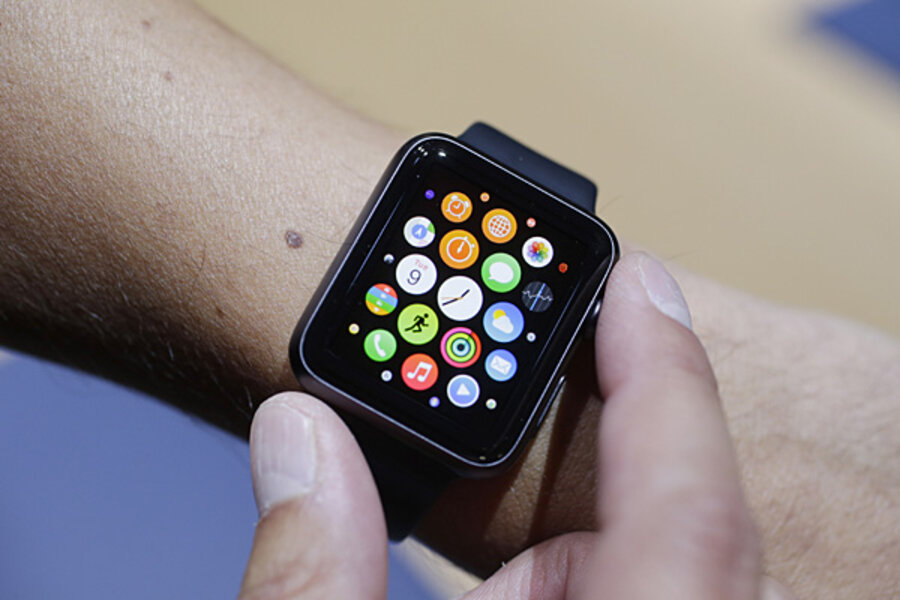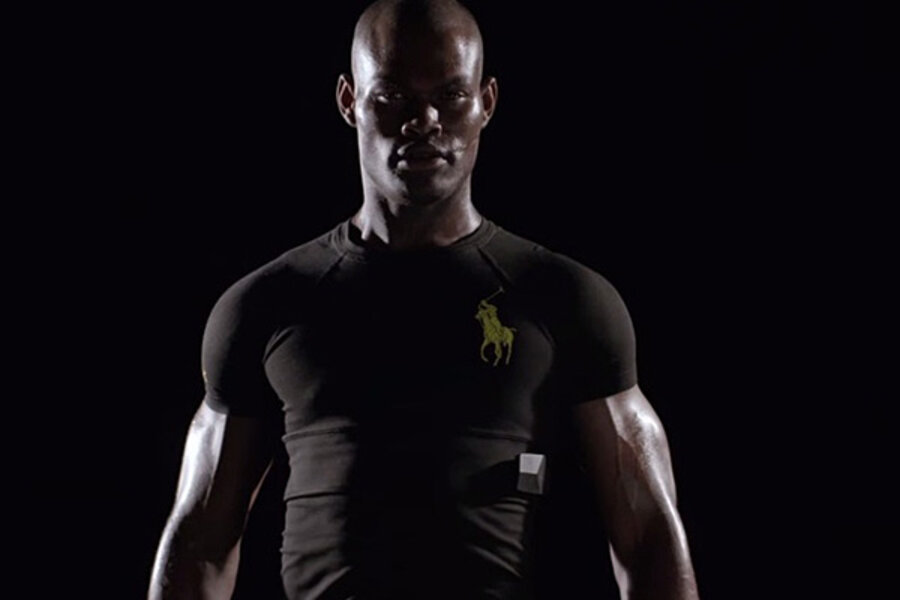Ralph Lauren's Polo Tech Shirt brings technology to a fundamental part of our daily lives: clothes.
This Ralph Lauren polo tracks users biometric data in real time and relays that message to any mobile or tablet device. Working out but going too slow? The app will tell you to speed up to get a better workout.
Ralph Lauren debuted the shirt at this year's US Open. The ball boys wore the shirts during matches, allowing the court umpires to ensure that they weren't working too hard.
"This is a pretty cool idea," ball boy Jorge Cabrera told CBS. "I like that it's actually full on the body versus, say, a watch."
What's intriguing about the shirt is that there are virtually no wires or plugs. It's as easy as wearing a normal athletic shirt. There are bio-sensing silver fibers that are woven directly into the shirt. The only addition is a small snap-on module that relays information, via Bluetooth, to a corresponding iPhone or iPad. The module is positioned under the left rib cage and receives heart rate information from the conductive threads.
The corresponding iOS app gives users a dashboard of their respiration, heart rate, and average breathing depth, according to Wired.
"This will no longer just be used for a sporting idea," David Lauren, executive vice president, told CBS. "Someone walking down the street might want to know how their heart is doing, how they're breathing. Someone in a boardroom might be very curious about their stress levels, and someone might want to monitor their child at home in a crib and no longer just look at them visually. We're living in a culture where people are gathering information to live a happier, healthier and better life."
This is the first of a line of smart shirts Ralph Lauren will debut in the spring of 2015. The company has not announced the shirt's price.









